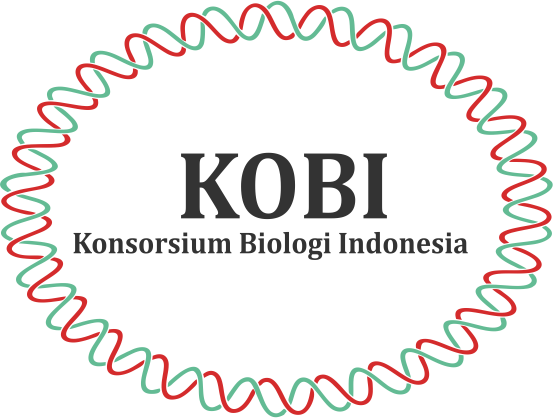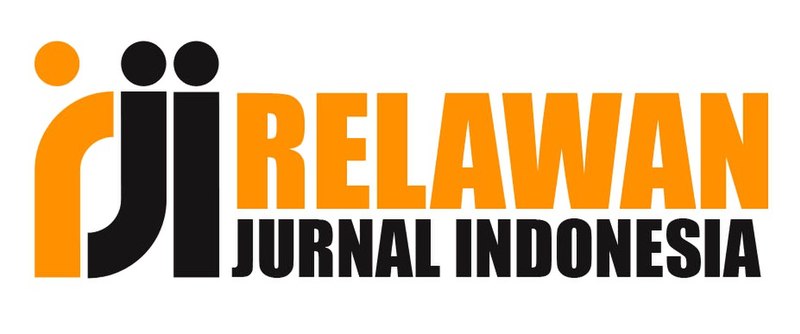Peer Review Process
The research article submitted to this online journal will be peer-reviewed at least 2 (two) reviewers. The accepted research articles will be available online following the journal peer-reviewing process. Language used in this journal is Indonesia or English.
We would like also to use Plagiarism Checker software to detect any possibilities of plagiarism
Peer review is designed to assess the validity, quality and often the originality of articles for publication. Its ultimate purpose is to maintain the integrity of science by filtering out invalid or poor quality articles.
From a publisher’s perspective, peer review functions as a filter for content, directing better quality articles to better quality journals and so creating journal brands.
Running articles through the process of peer review adds value to them. For this reason publishers need to make sure that peer review is robust.
Editor Feedback
"Pointing out the specifics about flaws in the paper’s structure is paramount. Are methods valid, is data clearly presented, and are conclusions supported by data?” (Editor feedback)
“If an editor can read your comments and understand clearly the basis for your recommendation, then you have written a helpful review.” (Editor feedback)
Peer Review at Its Best
What peer review does best is improve the quality of published papers by motivating authors to submit good quality work – and helping to improve that work through the peer review process.
In fact, 90% of researchers feel that peer review improves the quality of their published paper (University of Tennessee and CIBER Research Ltd, 2013).




